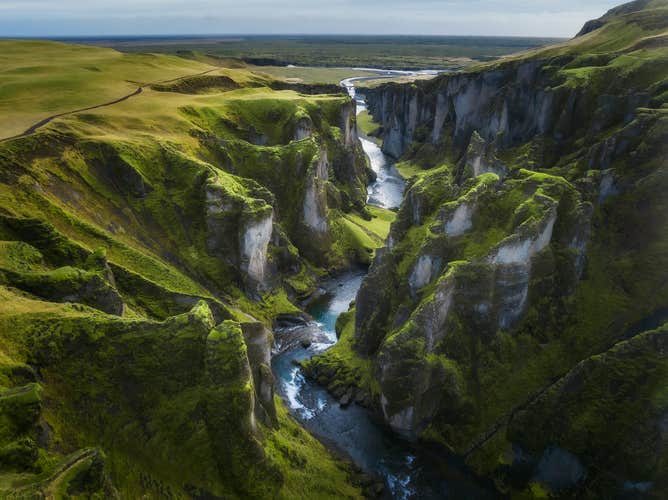Description
Summary
Description
Discover Iceland’s best sights on this 8-day summer self-drive Ring Road tour, featuring the Golden Circle and Iceland’s hidden gems. Travel at your own pace with a flexible itinerary and customize your adventure with exciting add-ons. This well-planned route ensures you visit Iceland’s top attractions without the stress of organizing every detail.
In eight days, you'll embark on a summer road trip in Iceland, driving along the famous Ring Road to explore the South Coast, Eastfjords, North, and West. From Reykjavik and the Golden Circle to Akureyri, this tour offers the perfect mix of Iceland’s amazing geologic features, wildlife, and culture.
You'll experience the beauty of Jokulsarlon Glacier Lagoon, where floating icebergs create a surreal landscape, and Lake Myvatn, known for its geothermal wonders. Visit Iceland’s powerful waterfalls, like Seljalandsfoss and Skogafoss, where you can feel the spray from the cascading waters. You'll also explore charming rural towns, giving you a glimpse into local Icelandic life.
Planning your Iceland road trip can be tricky because there’s so much to see, and it’s easy to miss incredible places without local insight. That’s why this 8-day self-drive tour is designed by local travel specialists who know exactly how to balance must-see sights with off-the-beaten-path locations.
Following a carefully crafted route along the Ring Road and Golden Circle, you’ll experience Iceland’s top attractions without worrying about logistics or second-guessing your itinerary. On this self-drive package, all you have to do is show up and enjoy the journey.
You’ll stay in carefully selected accommodations, offering comfort and convenience while keeping you close to Iceland’s top sights. If you have specific preferences, you can customize your stays to suit your needs.
Thanks to the longer summer days, you’ll have more time to explore Iceland’s breathtaking landscapes. With plenty of daylight, you can take your time enjoying the long list of activities Iceland offers.
Add optional activities to your summer Iceland road trip, such as snowmobiling on Langjokull Glacier, hiking on a glacier, or snorkeling between two continents at Thingvellir National Park. If you’re a nature enthusiast, you can take a boat tour on Jokulsarlon Glacier Lagoon, go whale watching in Husavik, or ride an Icelandic horse through the rugged countryside.
For a unique adventure, you can explore lava caves, venture inside a glacier, or descend into the vibrant magma chamber of a dormant volcano. Booking these activities as part of your self-drive package allows you to enjoy discounts compared to reserving them separately.
This flexible itinerary and customizable experience make this self-drive package highly rated. It’s an ideal choice for families and travelers of all ages, offering the perfect blend of freedom and adventure.
You'll also have 24/7 access to a personal travel agent, ready to assist with anything you need. Upon booking, you’ll receive a personalized, detailed itinerary with everything planned for you.
We offer stress-free booking with free cancellation up to 24 hours before departure, giving you the flexibility and peace of mind you need.
With flexible plans, thrilling adventures, and unbeatable prices, this is the ultimate Iceland summer road trip. Check availability now by choosing a date.

















